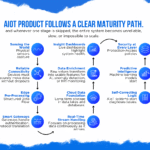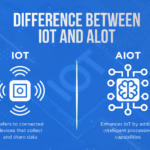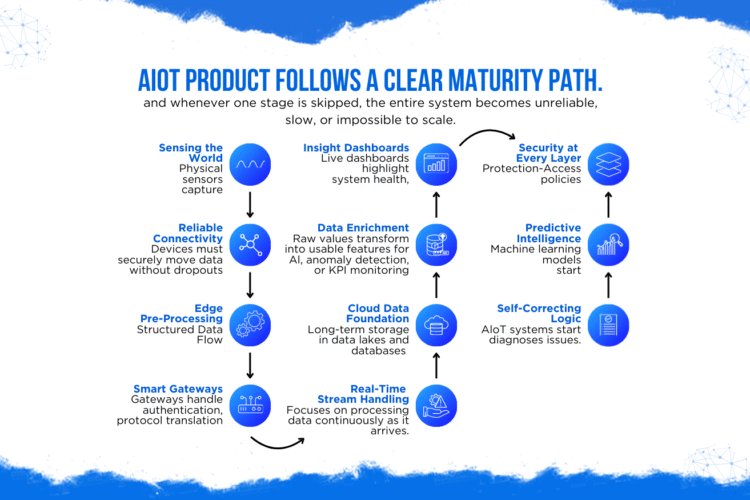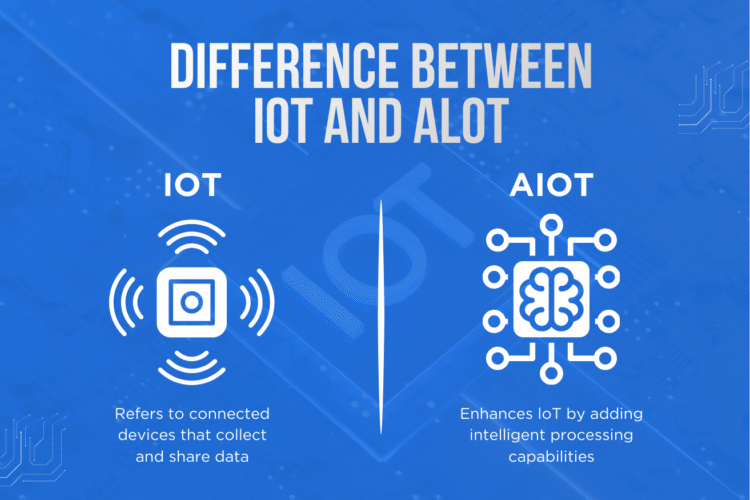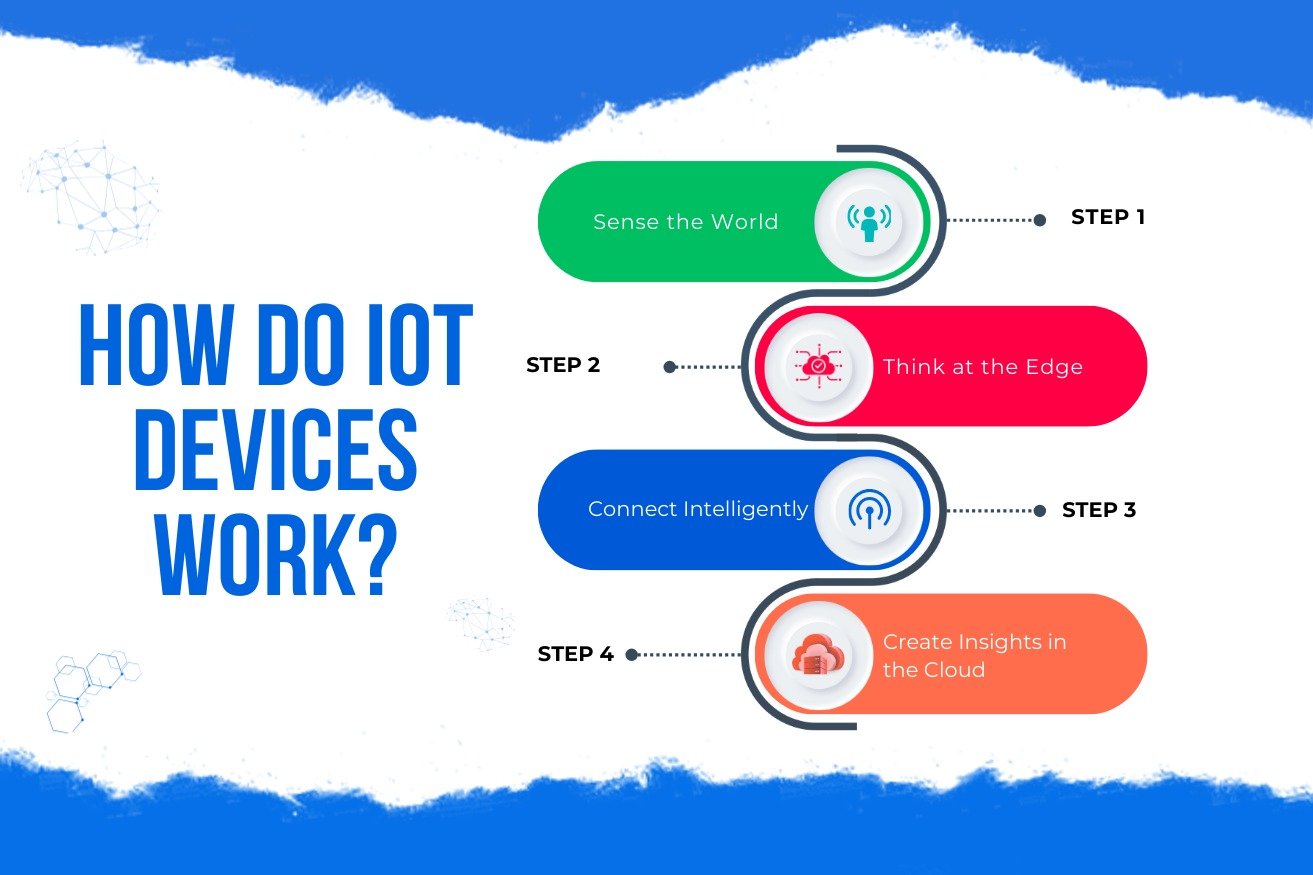
How Do IoT Devices Work: A Complete Guide to Connected Technology
The Internet of Things (IoT) has transformed the way we interact with technology, bridging the physical and digital worlds. From smart wearables and connected cars to industrial automation and healthcare monitoring, IoT devices are powering a new era of intelligence. But how do IoT devices work behind the scenes is often misunderstood.
This guide breaks down the core building blocks of IoT systems and explains why they matter for real-world innovation.
What Is an IoT Device?
An IoT device is any physical object embedded with sensors, processors, and connectivity that allows it to collect, transmit, and act upon data. Unlike traditional electronics, IoT devices are designed to be autonomous, connected, and intelligent.
Think of a smart thermostat: it senses room temperature, processes the data, connects to Wi-Fi, and lets you control it from a mobile app. That’s IoT in action.
The 4 Core Components of IoT Devices
To understand how do IoT devices work, let’s break them into four main layers:
1. Sensing Layer – Where Data Begins
IoT devices start with sensors and actuators.
- Sensors: measure temperature, motion, light, humidity, GPS, or health signals (like heart rate).
- Actuators: perform actions such as turning on a motor, switching a relay, or vibrating for feedback.
This layer translates the physical world into digital signals.
2. Connectivity Layer – Transmitting the Data
Once captured, data must move from device to system. IoT devices use different communication methods:
- Short-range: Wi-Fi, Bluetooth Low Energy (BLE), Zigbee
- Long-range: LoRa, NB-IoT, LTE-M, 5G
The choice depends on power, range, and bandwidth needs.
3. Processing Layer – Turning Data Into Insights
The “brain” of IoT devices often runs on microcontrollers (MCUs) or system-on-chips (SoCs). Processing may happen:
- On the device (Edge Computing): Quick local decisions (e.g., vibration alert on snoring).
- In the Cloud: Heavy AI/ML tasks, storage, and analytics.
This layer determines whether raw data becomes intelligence.
4. Application Layer – What the User Sees
Finally, data becomes usable through:
- Mobile apps
- Web dashboards
- Automated triggers (alerts, reports, actions)
This layer is where user experience meets IoT intelligence.
Example: How Do IoT Devices Work in Real Life
At MetaDesk Global, we recently developed a BLE-based tag project. The challenge was extending battery life to over 2 years on a 220mAh coin cell.
- We selected the nRF52 series MCU for its ultra-low power consumption.
- Our firmware alternates between connected and non-connected BLE cycles.
- By optimizing duty cycles and deep sleep modes, we achieved an average current draw of just 10µA.
This is the difference between a prototype that drains in weeks and a real-world IoT device that customers can rely on.
Why Power Management Defines IoT Success
The true test of IoT isn’t just features — it’s longevity. A smart device that dies after a day in the field fails, no matter how powerful its sensors are. That’s why careful hardware selection, firmware optimization, and PCB design all matter.
The Future of IoT Devices
As AI and edge computing evolve, IoT devices are moving toward being more autonomous, predictive, and energy-efficient. From wearables to industrial systems, the question is no longer if IoT will transform industries — but how fast.
Final Thoughts
So, how do IoT device work comes down to four layers: sensing, connectivity, processing, and application. Together, they turn everyday objects into smart, connected systems that can sense, decide, and act.
At MetaDesk Global, we specialize in end-to-end IoT development: firmware, PCB design, enclosures, mobile apps, and cloud integration. Whether you’re building wearables, industrial systems, or smart consumer products, our team can help bring your IoT idea to life.
👉 Ready to create your next IoT product? Let’s connect.

